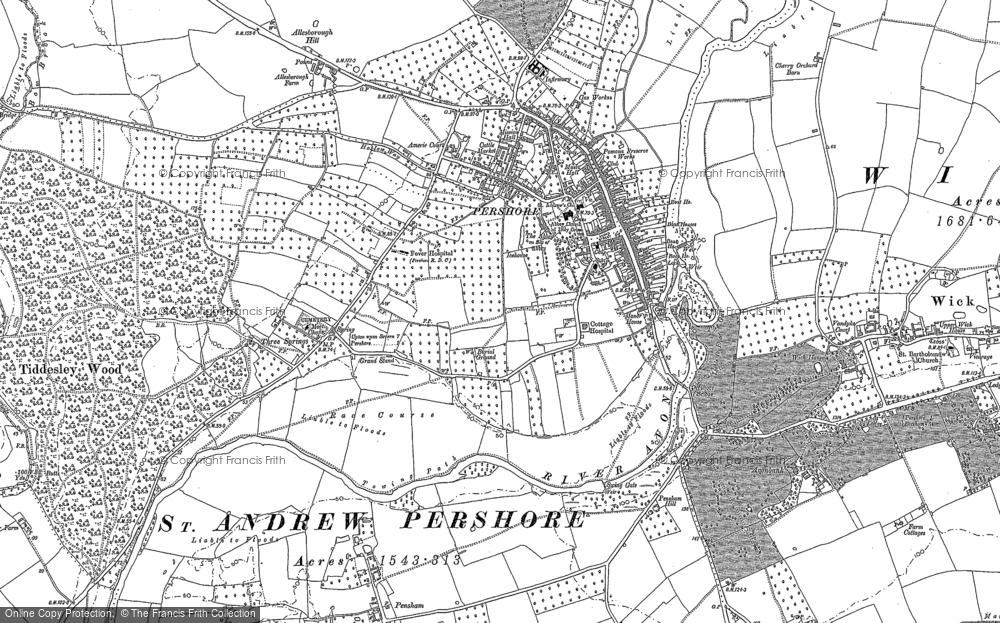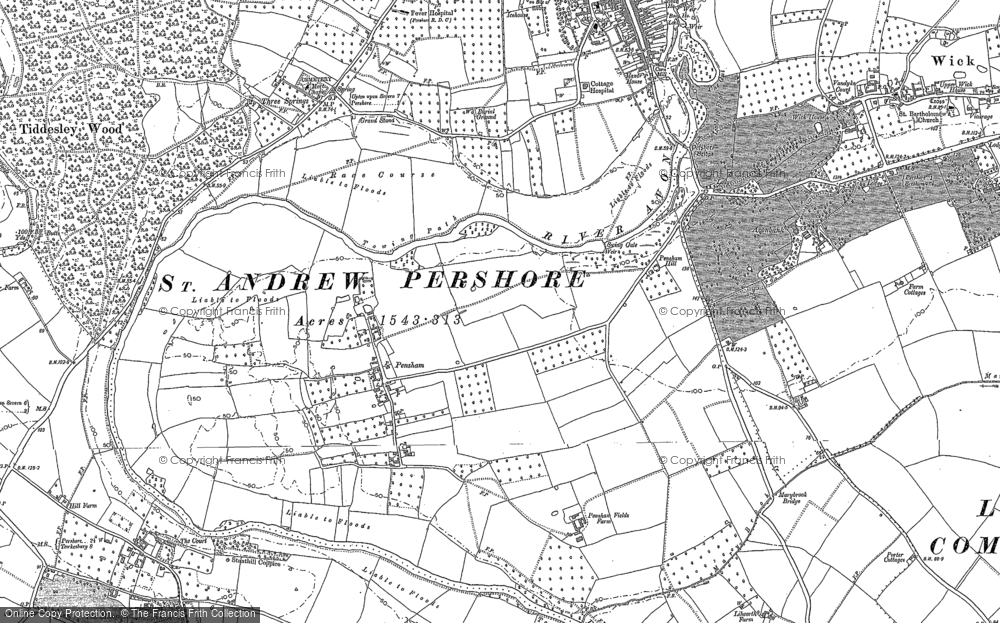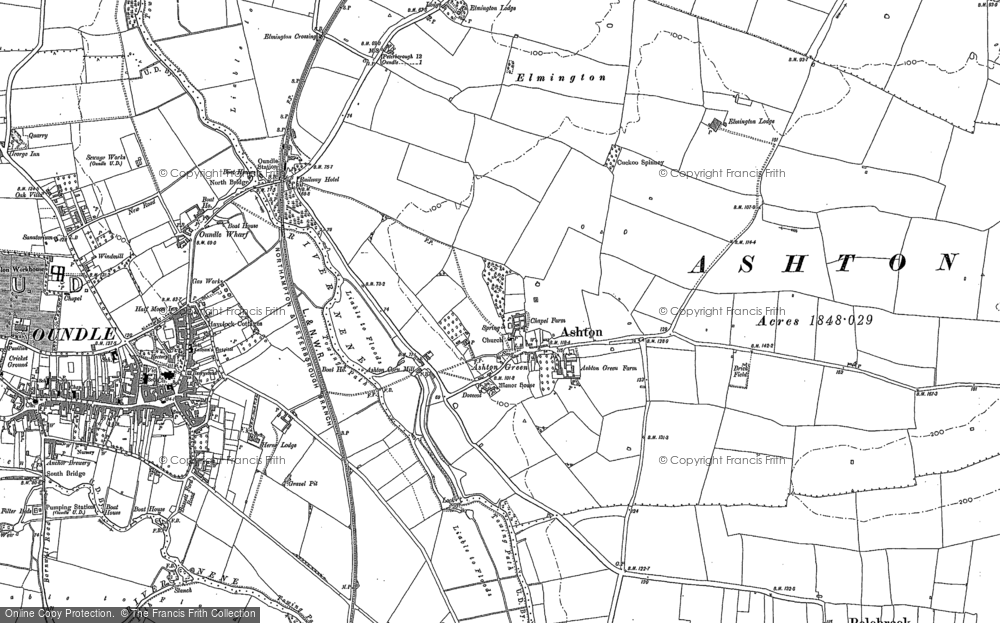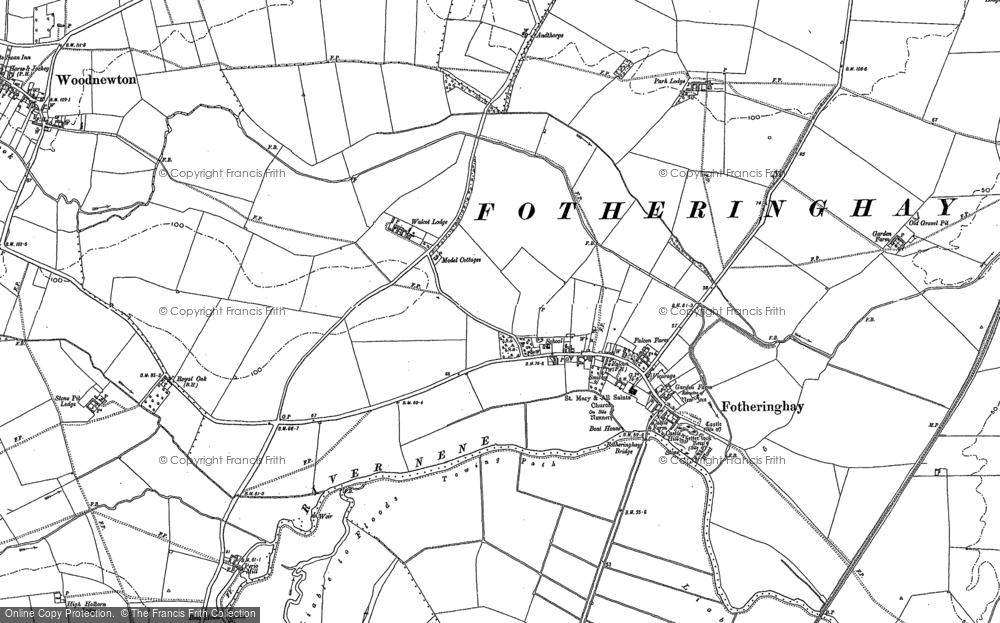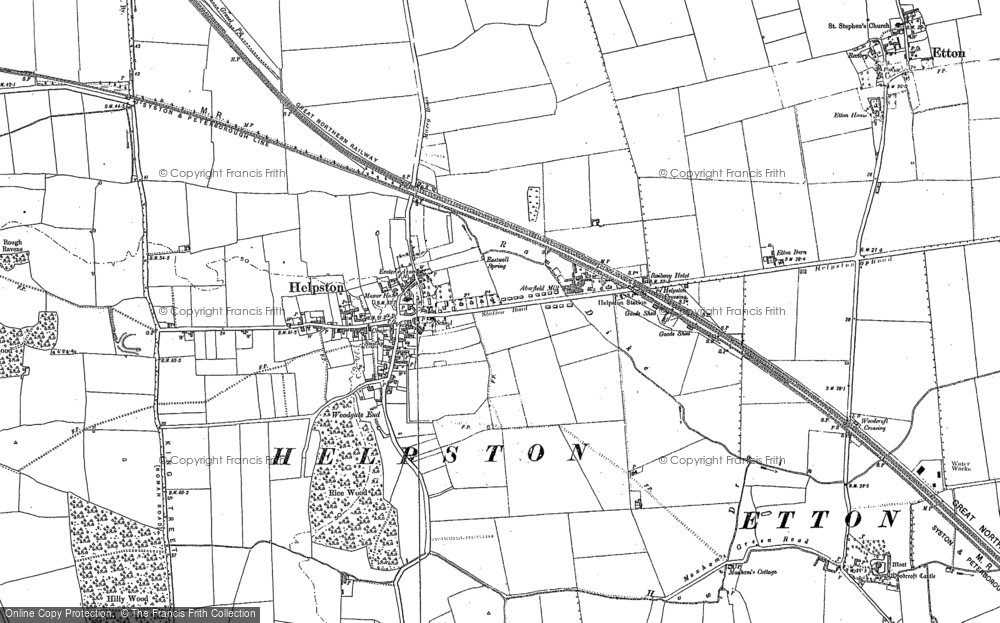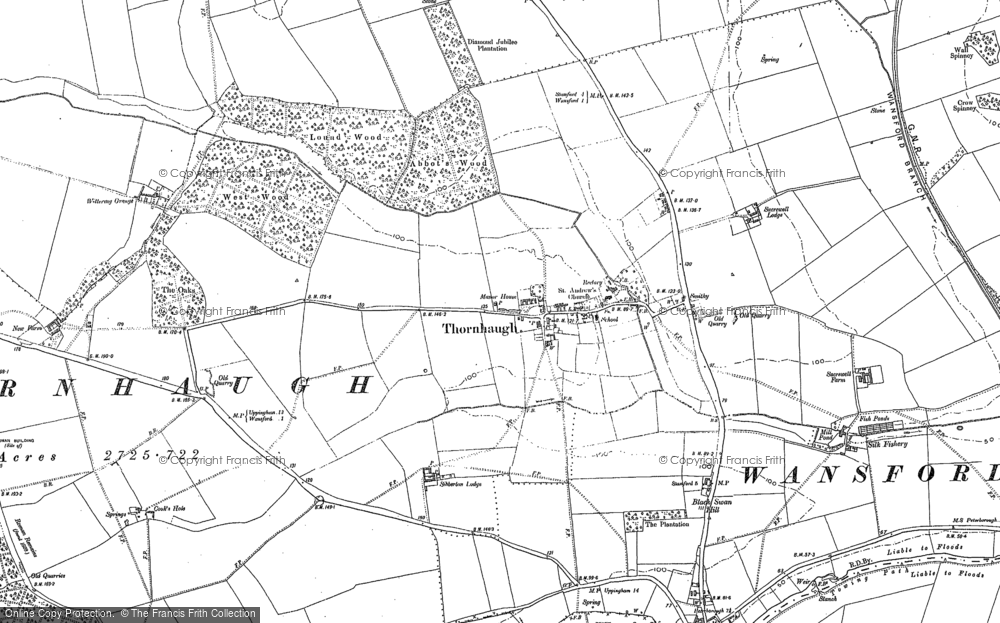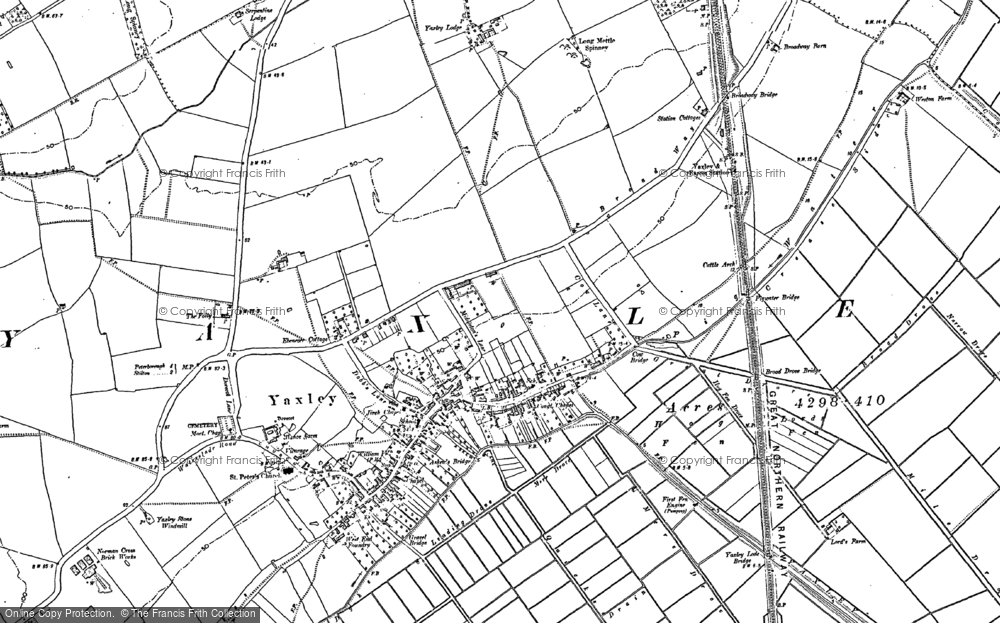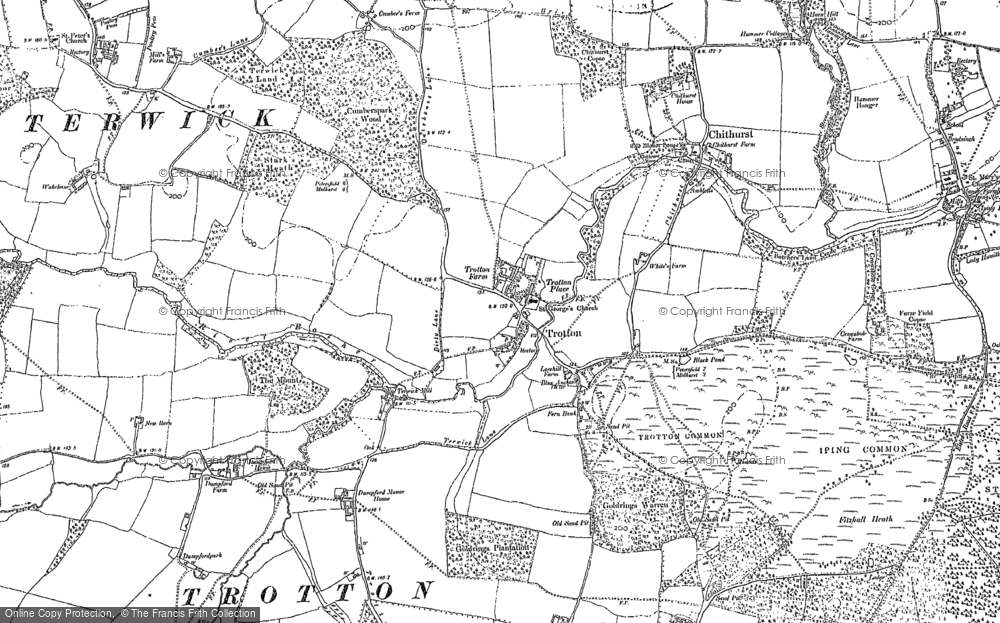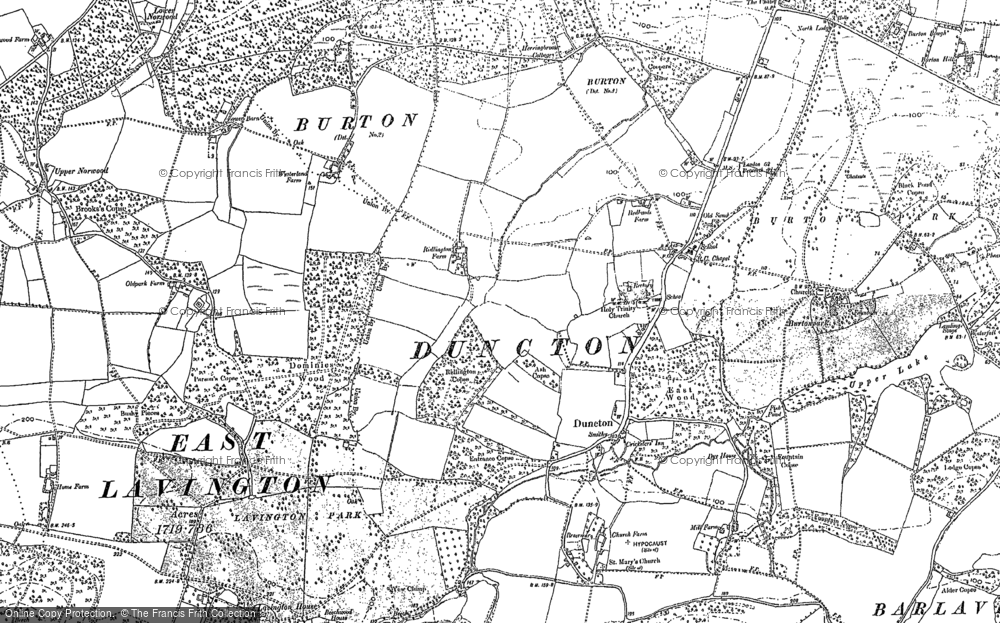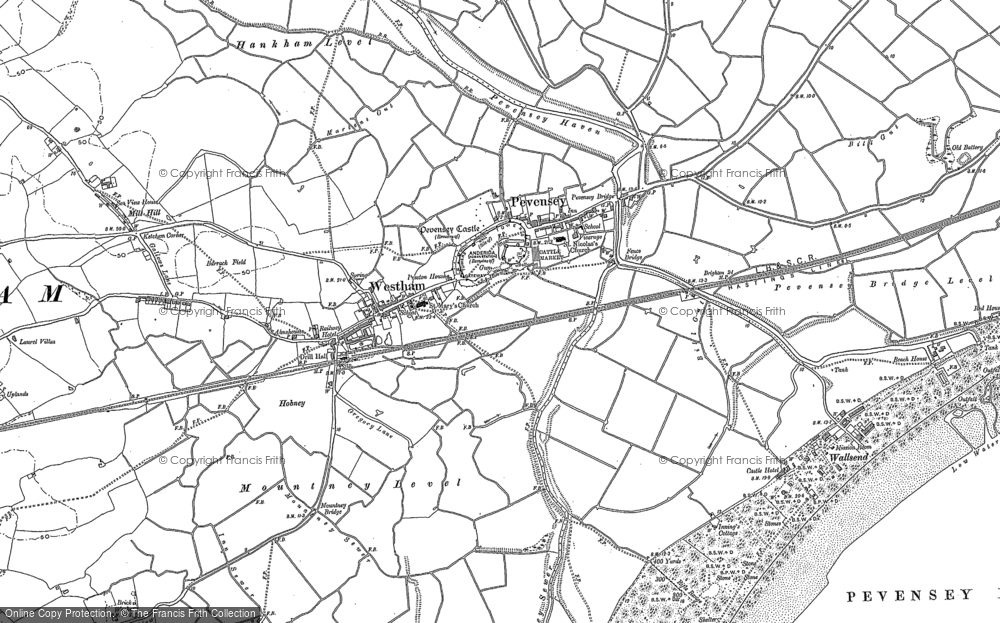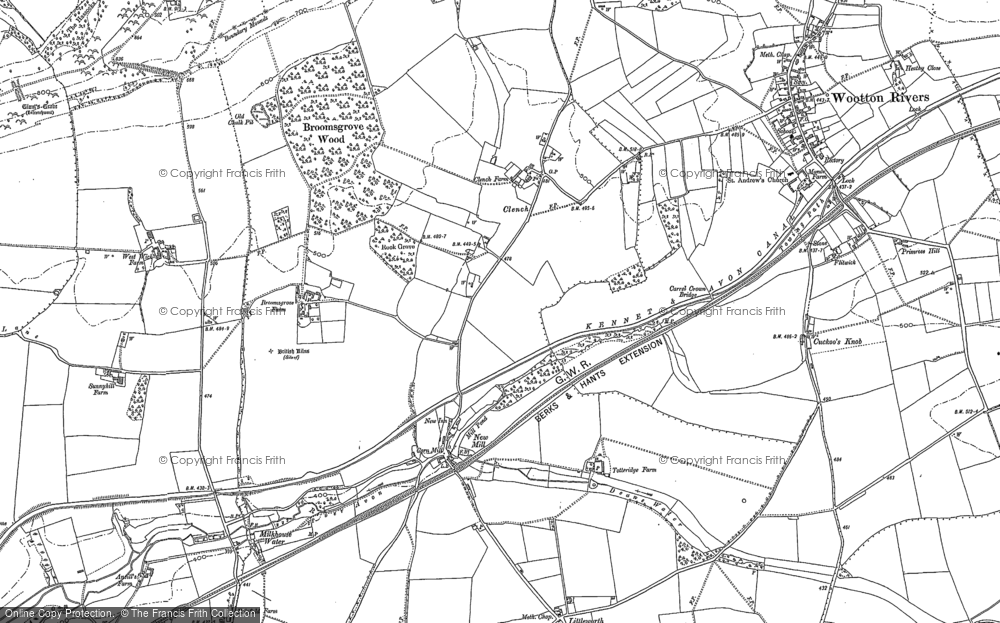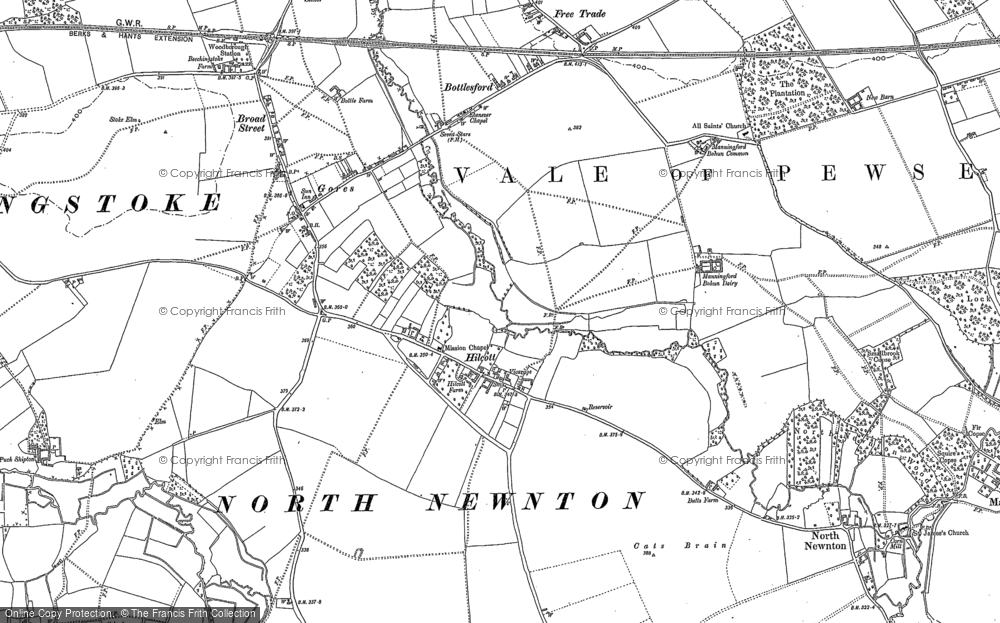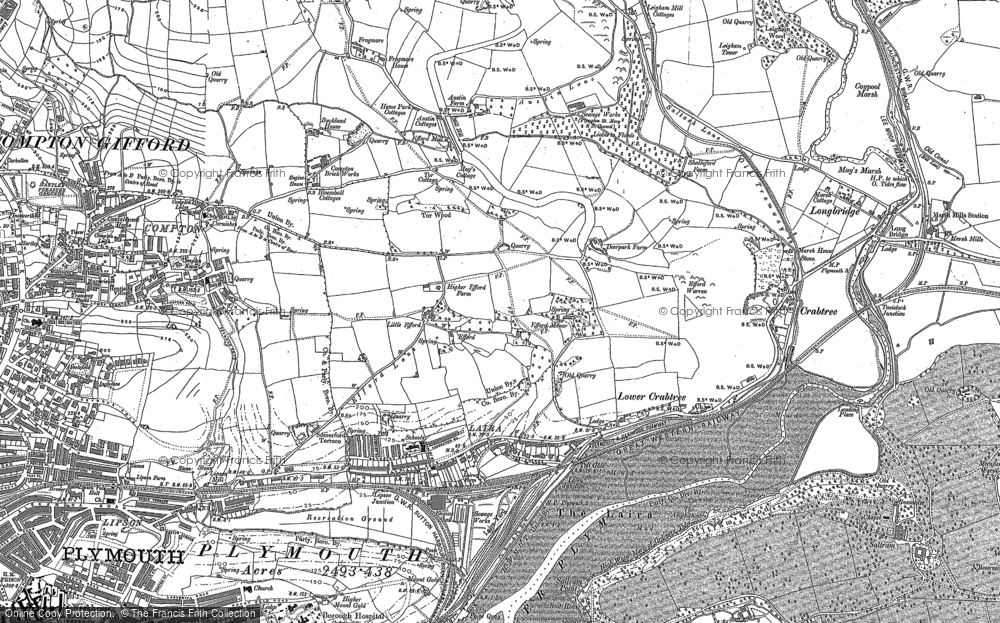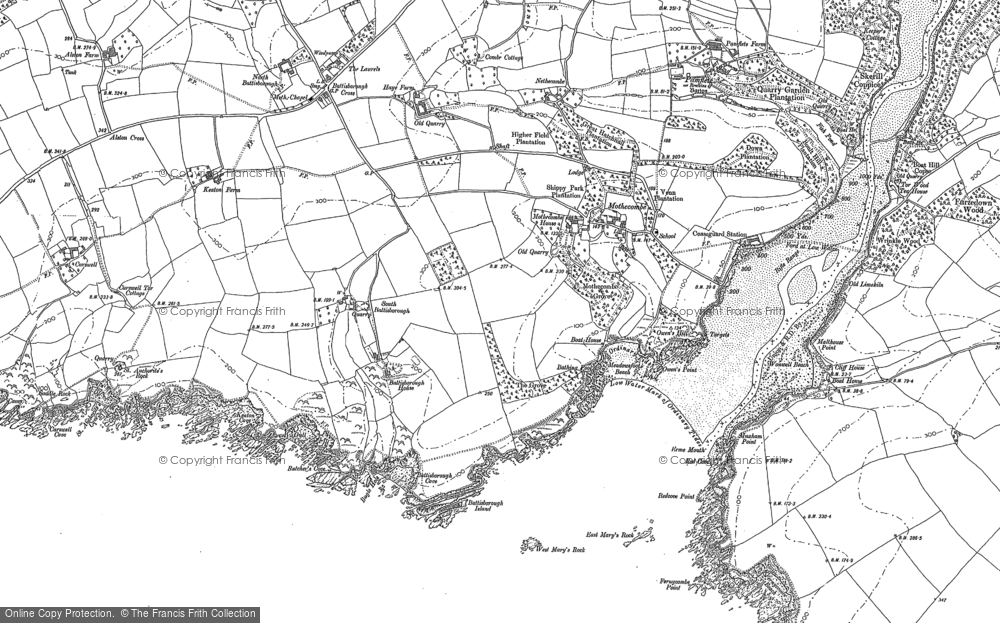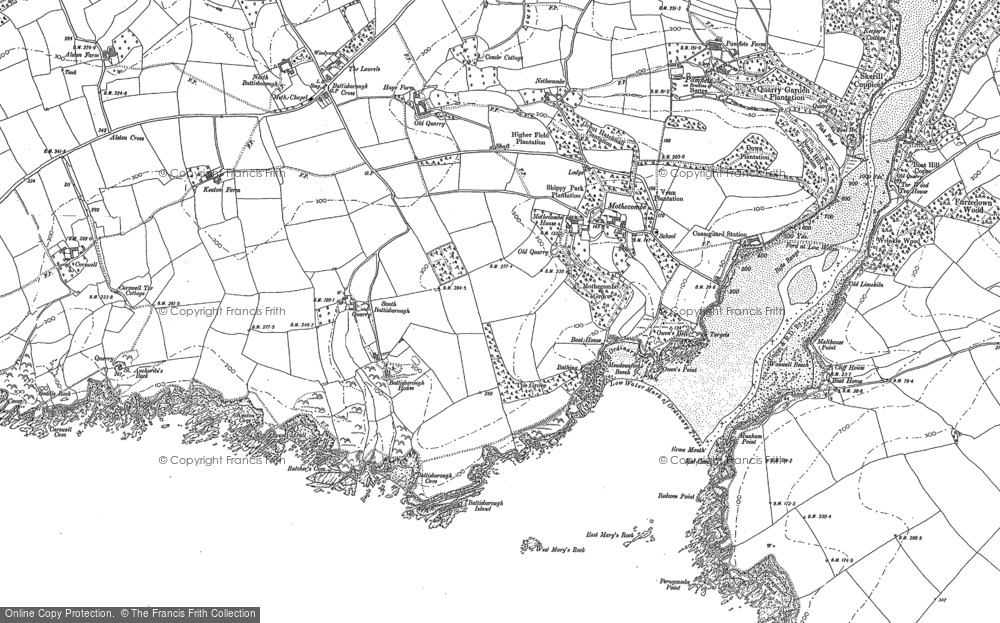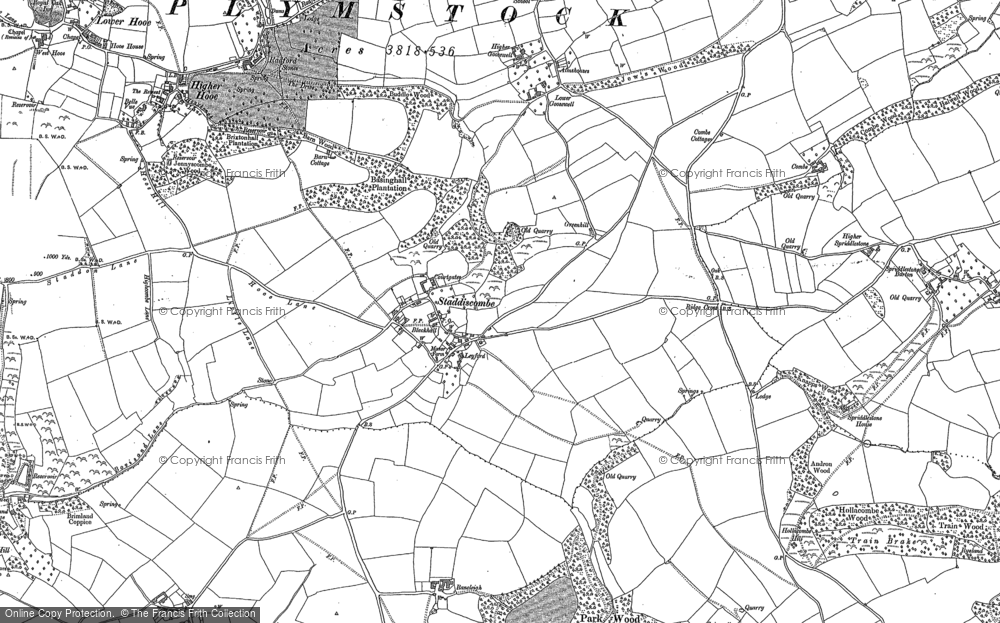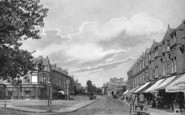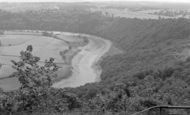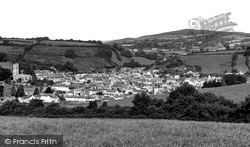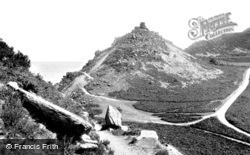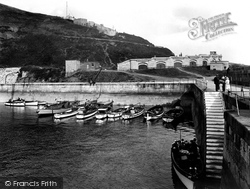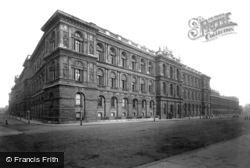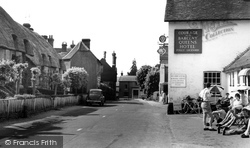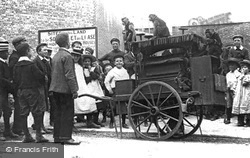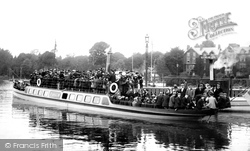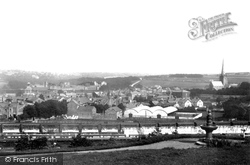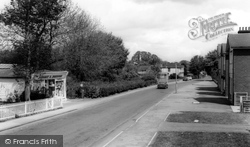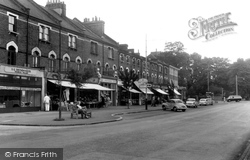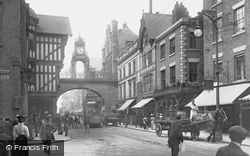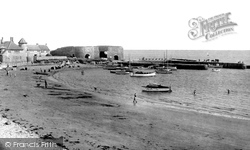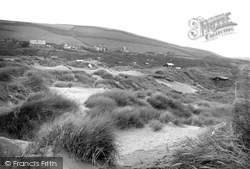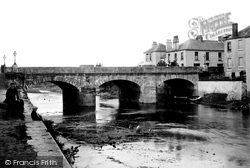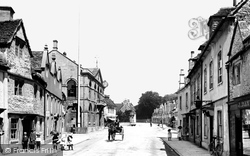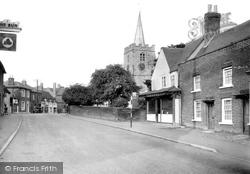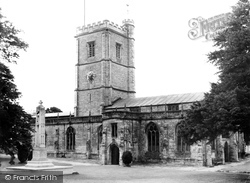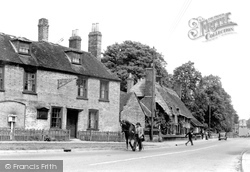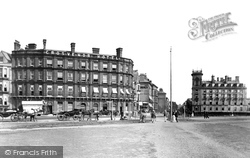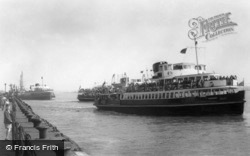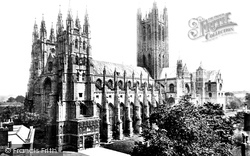Places
36 places found.
Those places high-lighted have photos. All locations may have maps, books and memories.
- Shanklin, Isle of Wight
- Ventnor, Isle of Wight
- Ryde, Isle of Wight
- Cowes, Isle of Wight
- Sandown, Isle of Wight
- Port of Ness, Western Isles
- London, Greater London
- Cambridge, Cambridgeshire
- Dublin, Republic of Ireland
- Killarney, Republic of Ireland
- Douglas, Isle of Man
- Plymouth, Devon
- Newport, Isle of Wight
- Southwold, Suffolk
- Bristol, Avon
- Lowestoft, Suffolk
- Cromer, Norfolk
- Edinburgh, Lothian
- Maldon, Essex
- Clacton-On-Sea, Essex
- Norwich, Norfolk
- Felixstowe, Suffolk
- Hitchin, Hertfordshire
- Stevenage, Hertfordshire
- Colchester, Essex
- Nottingham, Nottinghamshire
- Bedford, Bedfordshire
- Bury St Edmunds, Suffolk
- Aldeburgh, Suffolk
- St Albans, Hertfordshire
- Hunstanton, Norfolk
- Chelmsford, Essex
- Bishop's Stortford, Hertfordshire
- Peterborough, Cambridgeshire
- Brentwood, Essex
- Glengarriff, Republic of Ireland
Photos
9,106 photos found. Showing results 10,441 to 9,106.
Maps
181,006 maps found.
Books
11 books found. Showing results 12,529 to 11.
Memories
29,055 memories found. Showing results 5,221 to 5,230.
Crawley House Number 95 Pupil 1969 To 1974 .
My memory of Stanhope castle school was always the knuckles hitting the top of your head and punched in the gut for not doing as you were told to do it too slow in doing what the master's asked you to do . ...Read more
A memory of Stanhope by
Holywell Cross
I lived on Devonshire Street just off Holywell Cross from 1950 to 1963 and I can still remember the area quite vividly. Devonshire Street was a short cut for workers walking to the Trebor factory. Our landlord, Mr Pashley, had a ...Read more
A memory of Chesterfield by
Rayford Close
I lived in this close as a child from 1953 to 1964. Fond memories of sitting on the green box at the end of the road. Also the tech fields. I live in Norfolk now but have been back a few times. Happy days
A memory of Dartford by
Come For A Stroll Back In Time Through South Hackney
Hi Guys , I recently wrote on this site about the childhood memories I have of South Hackney, apparently it triggered quite a lot of interest on Facebook by people who connected with my ...Read more
A memory of South Hackney by
St Andrews Church
St Andrews Church must have been at least a mile and a half from the Worseley Road council Estate where we lived from 1951 until 1960 at Hillside Crescent. From a very young age a group of us would walk there and back on a ...Read more
A memory of Frimley Green by
Kingsley School Chelsea
Kingsley Secondary School, Hi, my name is Richard Hood and I attended Kingsley from 1958 to 1964. I have very fond memories of the school together with the many classmates who are fondly remembered. It’s a shame that I ...Read more
A memory of Chelsea by
H.L. Austin And Son
I served my apprenticeship 100 yards up Westhill Road, HL Austin and Son, a BLMC dealership. Friday nights I spent a proportion of my wages in the Park Tavern. Run by a wonderful Irish family with a horse and carriage hired out ...Read more
A memory of Southfields by
Childhood Playground.
Can still see the smoke in photograph of the old council refuge tip ( just off centre l/h side top of pic..) which was at the end of the Chepstow golf club the rubbish in those days being tipped virtually onto the edge of the ...Read more
A memory of Chepstow
Peckham Memory
Hi ..I lived in a prefab in Claude Road - too end of Rye Lane and used to use the bombsites as great playgrounds ....also used to call them ...”the debris”....haha..which they were!!
A memory of Peckham
Happy Memories
I lived in Kenton Avenue from 1959 to 1972 and have so many very happy memories. The old swimming pool (the manager was John Cuffley), Vienna Bakeries, the hairdressers (Mr Kirby) in the High Street, the sawdust on the floor of the ...Read more
A memory of Sunbury by
Your search returned a large number of results. Please try to refine your search further.
Captions
29,158 captions found. Showing results 12,529 to 12,552.
Ashburton lies in the valley of the River Ashburn, which joins the Dart at Buckfastleigh.
This 'convulsion of nature', close by Lynton, was highly popular with Victorian artists and writers, and other early seekers after the sublime and picturesque.
The main use of the harbour appears to be for recreation. A few fishing boats once worked in the area, but there are no signs of them in this photograph, just a small pleasure boat.
Parliament Street is paved with wooden blocks in front of the new Home Office. The far end, on the corner of Downing Street, is the Colonial Office.
He wrote of 'my landlady here at Selborne, who, while I am writing my notes, is getting me a rasher of bacon, and has already covered the table with a nice clean cloth.'
The barrel organ always drew a huge crowd with its wheezy renderings of popular tunes.When a trio of frightened monkeys was introduced the attraction for children was irresistible.
Packed to the gunwales, the newly-commissioned pleasure steamer 'Teal' leaves Bowness Pier for a trip on Windermere.At this time, private boat ownership was beyond the means of all but the wealthiest
Cockermouth is situated where the River Cocker joins the River Derwent on its way to the Irish Sea at Workington.
Like Morgan's the confectioner's (C240004), this shop (left), a post office and grocer's run by Pardey & Johnson, was built at the end of the 19th century.
S G Smith on the left is still at the end of the parade of shops, and still sells cars. At the opposite end, the trees mark the old burial ground beyond the road junction.
The clock was made by J B Joyce of Whitchurch and sits on top of ornate ironwork designed by John Douglas.
They were built in 1798 by Richard Pringle for John Wood of Beadnell Hall, and it was Wood who also extended the harbour for the export of lime and coal.
This area of the North Devon coast has acres of sandhills. These, at Saunton, were riddled with tiny beach chalets. Many survived until relatively recent times.
The wall on the left, on which the child is sitting, is known as New Quay, and the flight of steps leads to Victoria Place, built at the same time as the bridge in 1837.
Much of this area is unchanged today: it is an attractive combination of golden stone buildings from the 17th and 18th centuries. The Town Hall with its clock is on the left.
Bisley's church of St John the Baptist dates back to the 13th century, and it has a 15th-century porch believed to be made from a single oak.
The attractive heath, with its colourful heathers and gorse, reach down to a village boasting several buildings constructed of exquisite brickwork.
Much of what remains is Norman and Early English; the mighty tower was rebuilt in the 13th century. A piece of original Axminster carpet hangs within.
It was in this house on the left that Jane Austen wrote Mansfield Park, Emma and Persuasion.
There were seats on the roof, and a magistrate's room below for dealing with the less reputable element.
This is All Saints' Church, situated on an elevated position looking over the village. It dates from medieval times.
In the meantime, development, in the main of a residential nature, continued to spread north and east across Portsea Island.
Three of the famous Liverpool ferry boats are leaving the landing stage.
A fine study of the cathedral with the huge west front dominating the scene. Perhaps the most famous symbol of the Anglican church, it is a dominant landmark for many miles around.
Places (6814)
Photos (9106)
Memories (29055)
Books (11)
Maps (181006)


